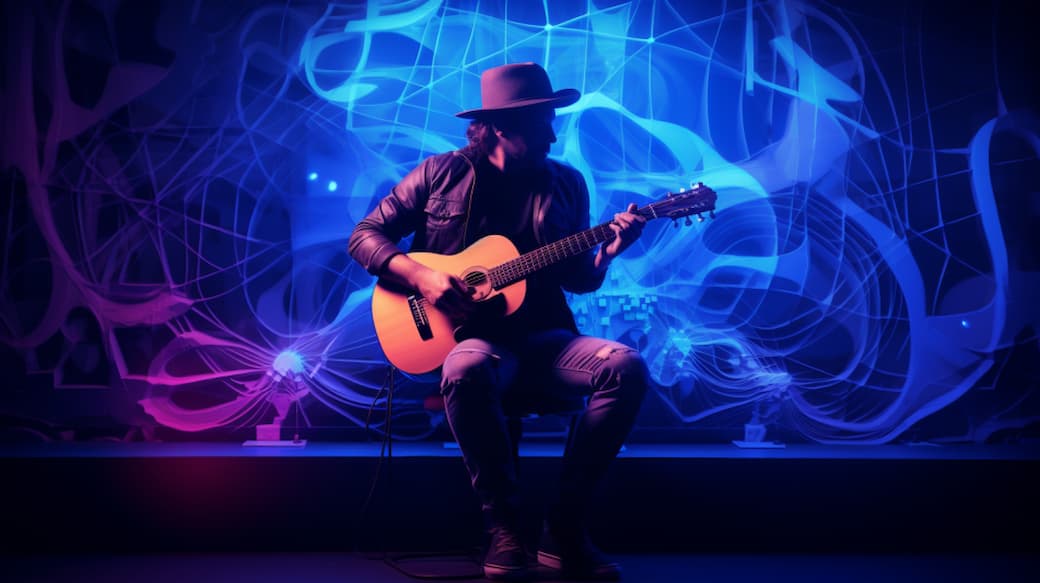
Spatial Audio Practical Master Guide – learn it the right way
Content
Spatial audio revolutionizes the way we experience music and sound by enveloping listeners in a three-dimensional auditory environment. Rather than confining sound to traditional stereo channels, spatial audio orchestrates a 360-degree sphere of sound, creating an immersive sonic experience.
In this article, we delve into the fundamentals of spatial audio, its distinctive characteristics, and the compelling reasons to master this transformative technology.
Exploring Spatial Audio
Spatial audio transcends the limitations of conventional audio by offering a heightened sense of realism and immersion. It enables sound to emanate from any direction, mimicking the way we perceive and hear audio in the real world.
From the subtle rustle of leaves behind you to the soaring crescendo that seems to sweep overhead, spatial audio delivers an unparalleled depth and richness.
How Does Spatial Audio Sound?
Imagine being transported to a concert hall where the music not only fills the space but also swirls around you, allowing you to pinpoint the precise location of each instrument.
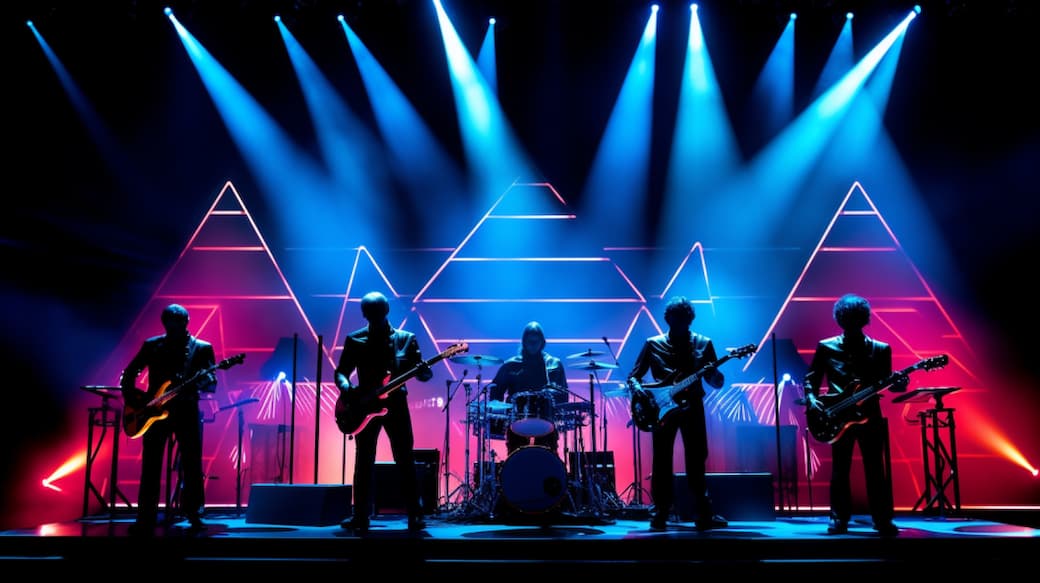
Spatial audio replicates this sensation by creating a sonic landscape that is both expansive and precise. By leveraging cutting-edge technology, it places listeners at the heart of the audio experience, offering the listener an astonishing level of immersion.
The Importance of Learning Spatial Audio Now
In recent times, spatial audio has transcended traditional entertainment applications and found its way into diverse industries. From enhancing cinematic experiences with formats like Dolby Atmos to transforming the landscape of gaming, virtual reality, education, and even therapeutic interventions, spatial audio’s versatility and impact are undeniable.
Its prevalence across multiple sectors signify a burgeoning demand for professionals skilled in spatial audio production and implementation. By mastering this technology now, individuals can position themselves at the forefront of a rapidly evolving industry, harnessing its potential for innovation and creative expression.
Learning and Mastering Spatial Audio: A Pathway to Expertise
In the realm of spatial audio, the journey from novice to expert involves a multifaceted approach encompassing education, hands-on experience, and expert guidance. To embark on this transformative journey, individuals can explore various avenues that offer valuable insights and practical knowledge.
Understanding the Basics of Spatial Audio technology
Before diving into the intricate world of spatial audio, grasping the foundational principles is crucial. Understanding how sound behaves in a three-dimensional space forms the cornerstone of spatial audio comprehension. Exploring online resources and introductory materials lays the groundwork for a comprehensive understanding of this technology.
Delving into Comprehensive Spatial Audio Tutorials
While free tutorial videos provide a glimpse into spatial audio techniques, unlocking its full potential often requires in-depth guidance. Engaging with comprehensive tutorials or paid courses led by industry experts can provide a deeper understanding of spatial audio’s nuances and intricacies.
These resources offer structured learning modules that delve into advanced concepts, empowering individuals to navigate the complexities of spatial audio production effectively.
The Role of Mentors in Elevating Your Spatial Audio Career
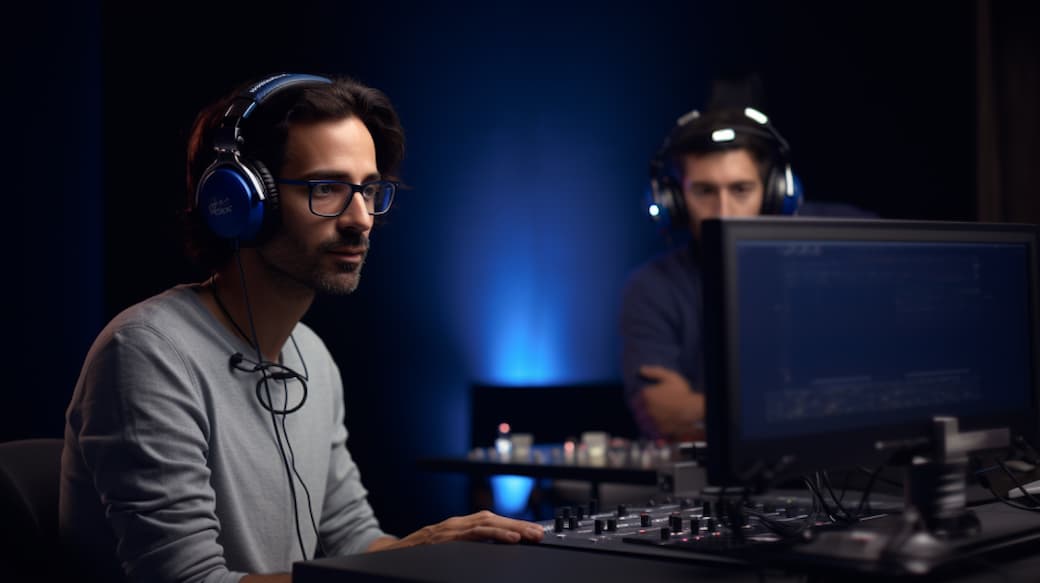
Mentorship plays a pivotal role in accelerating one’s journey in the realm of spatial audio. Seasoned professionals offer invaluable insights, share practical experiences, and provide personalized guidance that transcends what can be gleaned from tutorials alone.
Mentors serve as beacons, illuminating the path toward mastering spatial audio and steering individuals toward practical applications in diverse industries. I also learned from the biggest names back than and it boosted my faster and more effective than any free online course could.
Recording Techniques for Spatial Audio Content
Let’s talk a little bit about how to record spatial soundtracks as a user. You’ll learn different spatial formats in my system but here is some basic understanding to create an immersive sound field right away. Let’s start with mono sounds.
Channel-Based Recording Techniques
Mono Recording: Mono recording, the simplest form of audio capture, involves using a single microphone to record sound. While seemingly basic, mono recordings serve as fundamental building blocks in spatial audio production.
They provide a clear and direct representation of the sound source, which can then be manipulated and placed within a three-dimensional space during the mixing and post-production stages. In the context of spatial audio experience, you want these tracks to be isolated sound sources to convert into 3d sound sources later.
Stereo Recordings: Stereo recordings utilize two microphones to capture audio from different perspectives, typically referred to as left and right channels. This technique creates a sense of width and spatial separation in the audio, laying the groundwork for more immersive auditory experiences.
In spatial audio production, stereo recordings serve as an initial framework for creating a multidimensional soundscape. You wouldn’t guess but stereo is still very relevant to create an immersive experience even in the context of object-based audio.
3D Recording Techniques
Binaural recordings replicate the natural listening experience by using specialized microphones placed in ear, in a manner that mimics the human ear’s structure – usually can be found in binaural
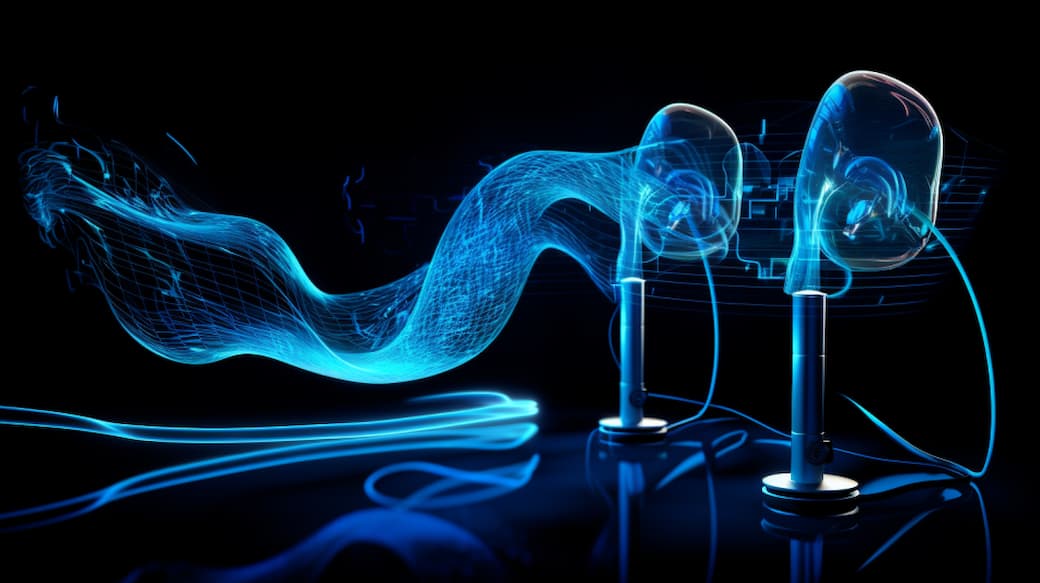
This technique captures sound as it reaches each ear, preserving spatial cues and creating a remarkably realistic sense of auditory depth. By leveraging binaural recordings, creators can craft spatial audio that closely emulates how humans perceive sound in real-world environments.
Of course the fixed audio mix only works for headphones. But I think especially with voice content and higher frequencies the perform well for the listener’s head. They do lack head tracking but I got a fan of the dummy head and will let you know more about it in my course.
Multi-Channel Audio Recording: Coincident Arrays and Alternatives to binaural recording
In the domain of multi-channel audio recording, coincident arrays stand out as a compelling technique that offers an alternative to ambisonic microphones, particularly in capturing spatial audio with precision and depth. So listen!
Distant Microphone Capsule Arrays in Multi-Channel Audio Recordings:
Distant microphone capsule arrays, an alternative to compact ambisonic microphones, redefine multi-channel audio capture. These setups involve the strategic placement of individual microphones or arrays at varying distances and angles to capture diverse spatial perspectives.
Employing spaced omnidirectional, cardioid, or even shotgun microphones, these arrays aim to replicate real-world auditory complexities, capturing nuanced spatial cues such as reflections and reverberations. This meticulous setup yields recordings with enhanced spatial depth and realism, offering creators a canvas to craft immersive sonic environments.
The Impact of Ambisonic Microphones:
Ambisonic microphones, renowned for their compact design and precise spatial accuracy, revolutionize multi-channel audio recording.
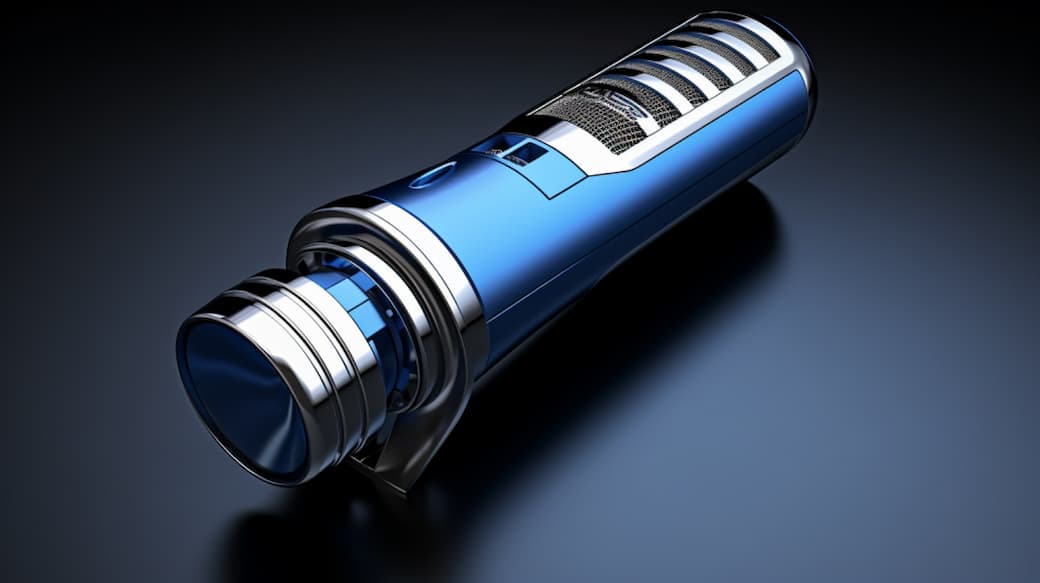
These tiny, spaced microphone capsules capture omnidirectional sound, allowing for comprehensive spatial information capture in a single device. Ambisonic recordings enable post-production manipulation, facilitating the creation of immersive soundscapes and offering flexibility in audio placement and orientation.
Their ease of use and ability to reproduce spatial characteristics make ambisonic microphones a staple in capturing and delivering immersive audio experiences.
(Author’s note: Check out the in-depth exploration of 360 microphones with ambisonic audio and more music mixing process evolves to leverage the full potential of spatial audio technologies.
As you can guess some classical approaches to a fixed audio object mix like stereo works. But mixing spatial audio with its object panning requires sounds coming from all around you. But how can you make it sound good?! Most people pan audio objects from different directions just because they can – certainly not the way to go as much as I encourage experimentation.
Integrating Multiple Audio Formats
The integration of diverse audio formats, such as Dolby Atmos vs. Ambisonics, MPEG-H, Sony 360 Reality Audio among others, empowers creators to expand the boundaries of spatial audio. Each format offers unique capabilities, from object-based sound to sophisticated spatial encoding, enabling sound designers to craft dynamic audio landscapes that transcend conventional limitations.
But it doesn’t just end with the formats. I work with a different workflow and audio format for nearly every project, but what is the right system for this? It really depends on the content rather what kind of speakers are using. The listener is who we want to keep interested and this person won’t care about the number of audio channel.
Crafting Immersive Soundscapes

To create truly enveloping soundscapes in spatial audio, meticulous planning, and design are crucial. Managing sound distance, precise panning, and judicious application of reverberation are key elements in leveraging the potential of 3D sound technology.
Careful consideration of these factors contributes to an immersive auditory experience, where sounds move dynamically within a three-dimensional space, enhancing realism and engagement. This is what can create good effects for your audience.
It doesn’t matter if you want to work with 3d music, films, 3D audio podcast or what not. It’s not about the hardware and software but how you can make use of the potential of spatial sound. There is so much more than just mixing spatial audio with object-based audio and what not. You need to have a suitable background and here is how you get it:
Best way to learn immersive audio
Here is way I basically dedicate my life into making you better at spatial sound. This approach has already carefully investigated and is the way to got
- Comprehensive and Updated Content: VRTonung learning offers a comprehensive curriculum covering fundamental and advanced spatial audio techniques. Unlike free courses, it undergoes regular updates to include the latest advancements, ensuring you stay at the forefront of spatial audio innovation.
- Expert Mentorship and Practical Insights: Gain exclusive access to expert guidance and practical insights derived from years of experience in the field. This personalized attention and expertise contact elevate the learning experience. More efficient than self-learning ever can be.
- Interactive Learning and Hands-On Projects: Engage in hands-on exercises and real life project files, facilitating the application of theory into practical scenarios. The immersive nature of the system ensures a deeper understanding compared to many free courses that lack interactive elements.
- Exclusive “3D Audio Matrix” Methodology: The course incorporates the proprietary “3D Audio Matrix,” a unique and comprehensive approach to spatial audio learning. This exclusive content enhances the learning experience, setting it apart from generic free resources.
Cons of Free Online Courses
- Limited Depth and Updates: Free courses may offer limited coverage of complex spatial audio concepts and lack regular updates, leaving learners with surface-level knowledge. Basically burning EU funding for a product that is dead upon release.
- Lack of Expert Guidance and Personalized Attention: Most free courses lack expert mentorship, hindering skill development by missing in-depth guidance and personalized attention. They didn’t think of a scalable production that better explains for you to hear things you must know
- Incomplete Learning and Support: Free course materials might lack ongoing updates, leaving learners without ongoing support or the depth of content provided by dedicated courses with the “3D Audio Matrix.”
There won’t be motivation to extend a free system after being done with it. It’s not a business and therefore to be taken seriously.
Learn it the right way
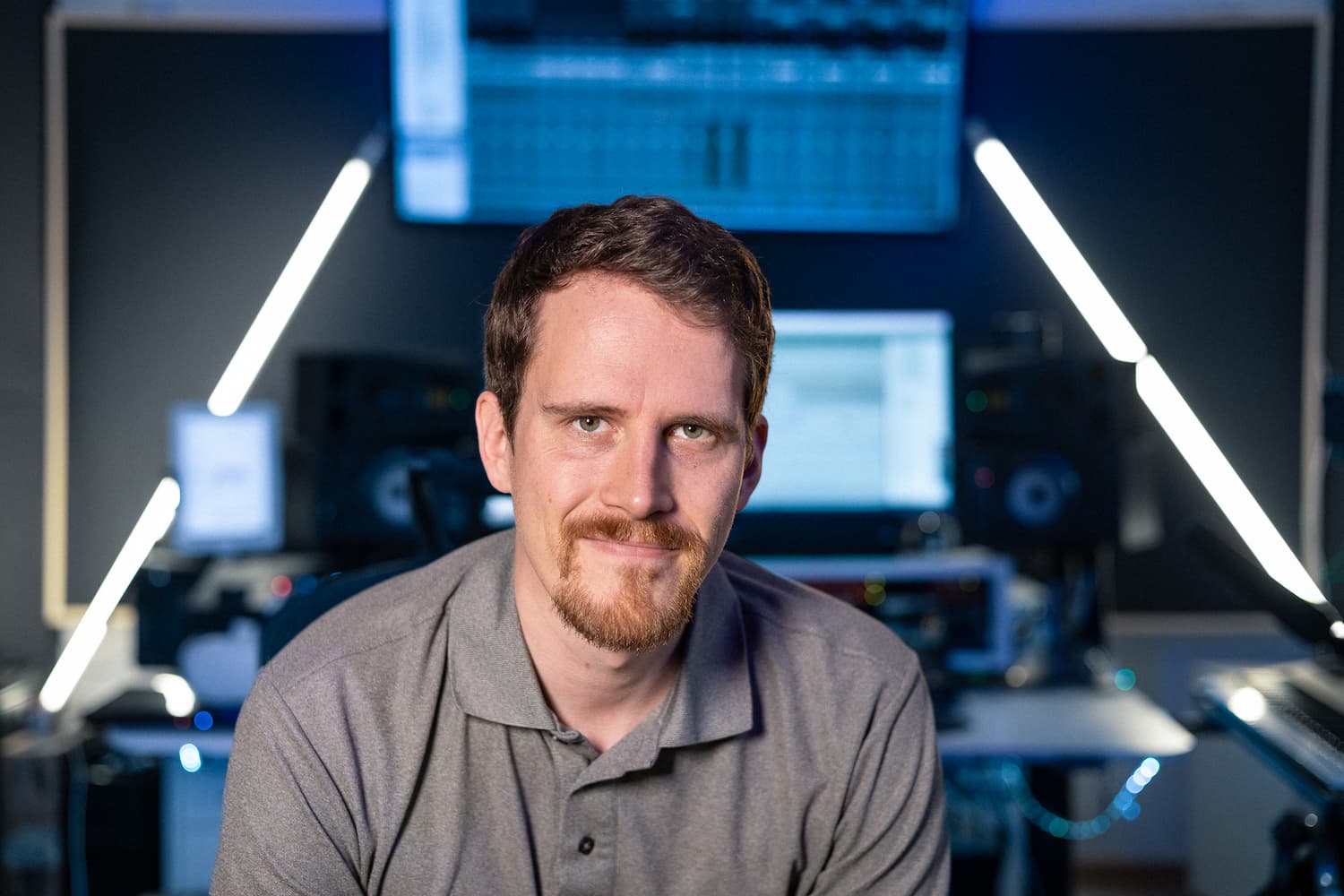
By enrolling in “3D Audio Mastery,” individuals gain access to an enriched and continually evolving learning environment, ensuring expertise, depth, and practical application, setting it apart from free online courses.
Why wait?
In conclusion, to use spatial audio is not solely about acquiring mixing techniques; it’s about understanding where the real value lies for the human head. Don’t just grab your headphones and Pro Tools and create a random musical experience for your own sake.
Beyond the art of mixing and producing immersive soundscapes, it’s crucial to recognize the financial potential within this specialized field. As someone charging 2-5 times more than the average sound professional, I’ve realized the power of leveraging expertise in spatial audio. Learning how to monetize your skills and position yourself strategically in the market can significantly impact your career.
“Learning VRTonung” equips you not only with technical prowess but also with insights on how to thrive financially in the industry. Explore how you can elevate your spatial audio expertise to not just create remarkable experiences but also to unlock its full monetary potential.
Learn how to become the best